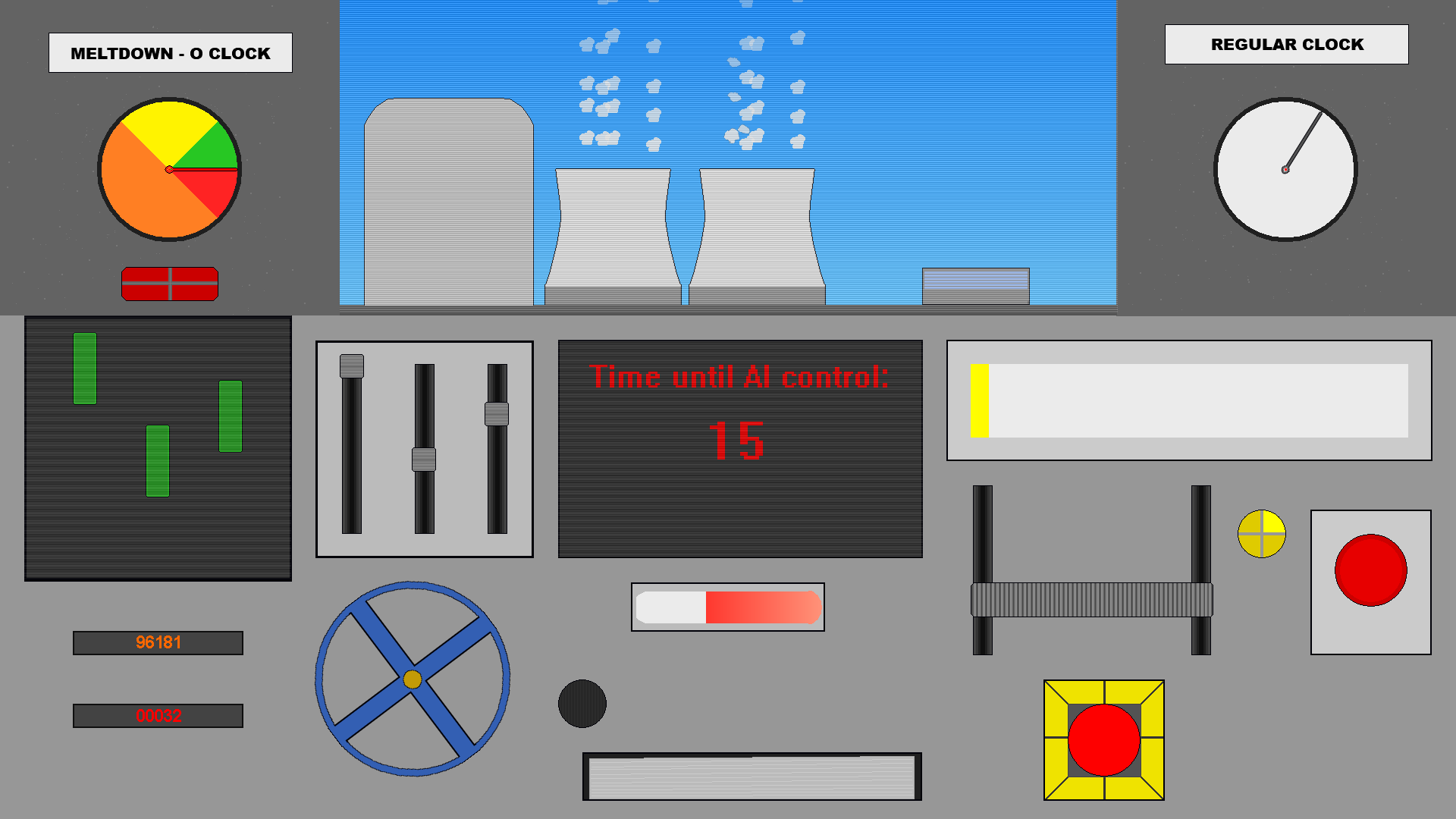
The lava-like material resulting from a nuclear meltdown is also named corium, after the core of the reactor. The photos are blurry due to radiation damage.

In 1996, radioactivity levels were low enough to visit the reactor's basement and took some photographs. At the time of its discovery, radioactivity near the Elephant’s Foot was approximately 10,000 roentgens (average background radiation is about 35 microrontgens), a dose so high, only minutes of exposure would prove fatal. Externally resembling tree bark and grey in color, the mass was nicknamed the Elephant’s Foot. Chemical reactions and evaporating water cooled the mixture below 1,100☌, below the decomposition temperature of the concrete.Ībout eight months after the incident and with the help of a remotely operated camera, the solidified lava was discovered in the ruins of the reactor building. Only later it was discovered that the lava flow stopped after 3 meters (9 feet). It was feared that the radioactive lava would burn through the containment structure and contaminate the groundwater. When lava has low viscosity, it can flow very easily as demonstrated by stalactites hanging from valves and tubes in the destroyed reactor core.įour hundred miners were brought to Chernobyl to dig a tunnel underneath. Due to its chemical composition and high temperature, the lava-like material has a very low viscosity. Part of the concrete was incorporated in the lava flow, explaining its high content of silicates, minerals composed mostly of silicon, aluminum and magnesium.

Concrete doesn't melt, but decomposes and becomes brittle at high temperatures. Melting at over 1,200☌ the uranium and zirconium, together with melted metal, formed radioactive lava burning through the steel hull of the reactor and concrete foundations at a speed of 30 cm (12") per hour. The fuel pellets inside the fuel rods are almost entirely made of uranium-oxide while the encasing in which the pellets are placed is made of zirconium alloys. Even areas thousands of kilometers away from Chernobyl are still today contaminated with radioactive particles, transported by the wind in a large plume over Europe.Īs the cooling system of the reactor was shut down and the insertion of control rods into the reactor core failed, the nuclear fission went out of control, releasing enough heat to melt the fuel rods, cases, core containment vessel and anything else nearby, including the concrete floor of the reactor building. The effects on the fauna and flora inside the evacuated region are still today studied by geneticists, ecologists, botanists and zoologists. The long-term effects on the 16,000 "liquidators" and evacuated 100,000 people from the towns of Chernobyl and Pripyat are still poorly understood, however, an increase of various cancer types was blamed on the released radioactivity.

Confirmed 31 people died from radiation sickness in the first days after the accident. As authorities realized the extent of the catastrophe, more than 16,000 policemen and military personnel where sent to the power plant to extinguish the fire, remove the radioactive debris and enclose the ruin in a protective shell made of steel and concrete. Firefighters, doctors and nurses rushed to the plant not aware of the danger.

On the morning of Saturday, 26 April 1986, Reactor 4 of the Wladimir Iljitsch Lenin Atomic Power Station near the town of Chernobyl in modern Ukraine experienced a "minor accident." As the cooling system was shut down, part of a scheduled safety test, the reactor experienced a catastrophic core meltdown, exploded and parts of the nuclear fuel were released into the atmosphere. The poor quality of the image is a result of high radiation levels, damaging electronic devices and film. Solidified corium lava that melted through the basement of the Chernobyl nuclear reactor in 1986.


 0 kommentar(er)
0 kommentar(er)
